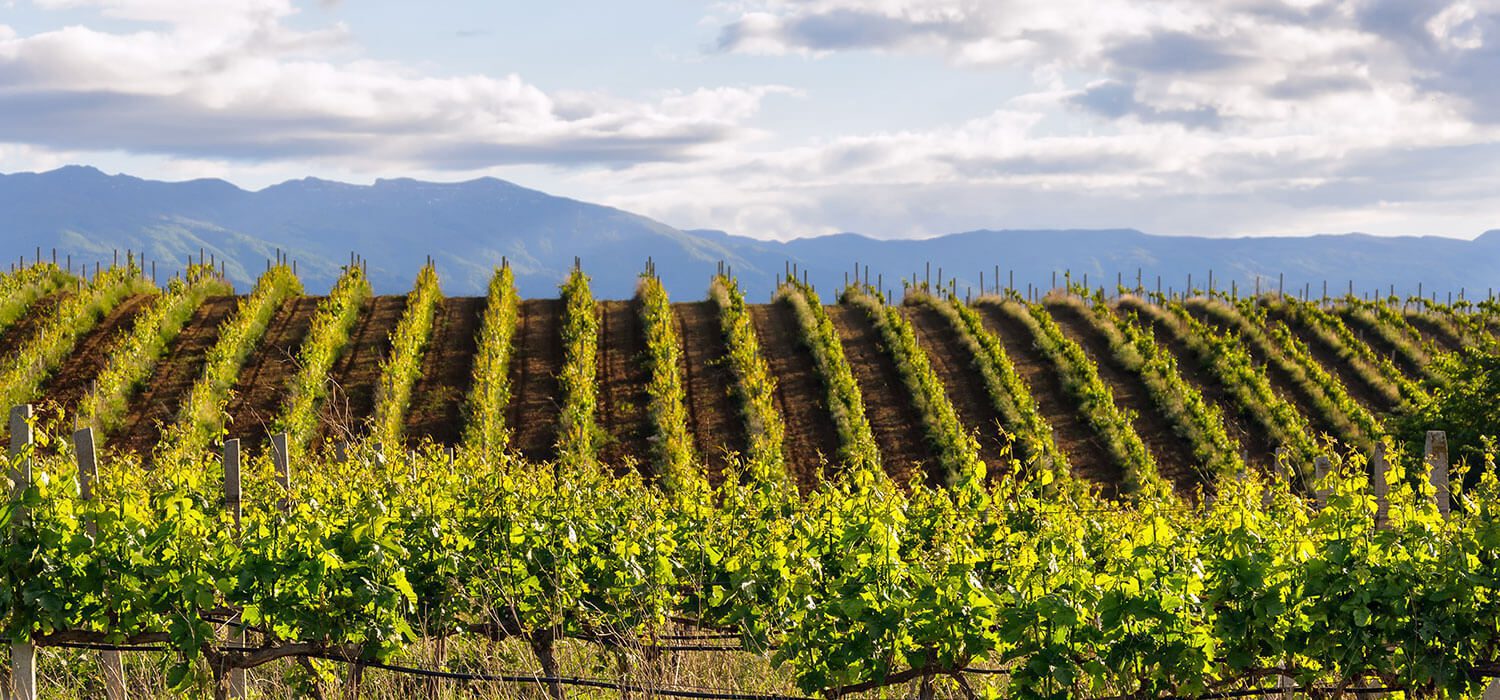New products
Showing 1–30 of 54 results
Showing 1–30 of 54 results

Most wine lovers could recognize the accent of the French and German grape varietals (Cabernet Sauvignon, Merlot, Riesling and Chardonnay), though well accompanied by the Bulgarian indigenous grapes (Gamza, Mavrud, and Melnik, and the white Misket and Dimiat), along with a white grape – originally from Rkatsiteli Georgia, in the Eastern area of Bulgaria, which is also a good common alternative. In the northern area of Bulgaria, cooler winters and warmer summers prevail. However, the weather gets milder to the south thanks to the influence of the Black Sea and the Mediterranean. The local hilly lands have the ideal microclimate, and their good quality soils add what is necessary to produce highly suitable weather conditions for growing superior grapes.There are vineyards in most areas in Bulgaria. The capital city of Sofia is the only exception. For administrative and geographical reasons, the vineyards are grouped into five regions. Each region has its own distinct features and peculiarities that make it somewhat different from the rest.Central: The mountainous areas of Bulgaria are fertile enough to grow grapes specific to red wines. Bulgaria’s Cabernets and Merlots are prominent in this area. The Eastern region produces many of Bulgaria’s white wines. The temperate climate around the Black Sea allows for specific varieties of grapes to thrive. Wines like Khan Krum and Varna are specialties of the area. In the northern regions of Bulgaria, the grapes produce fantastic red wines like Russe, Suhindol, and Svishtov. The southernmost regions of Bulgaria produce grapes that are used in reds like Assenovgrad or Plodiv. Southwestern Bulgaria’s Mediterranean climate allows for some of the best reds. Melnik is the area’s most popular brand.